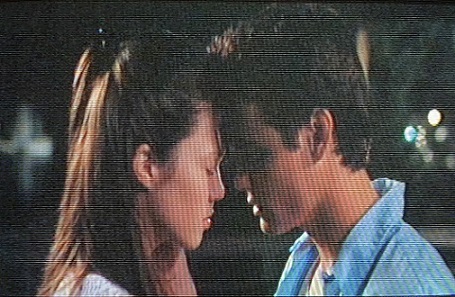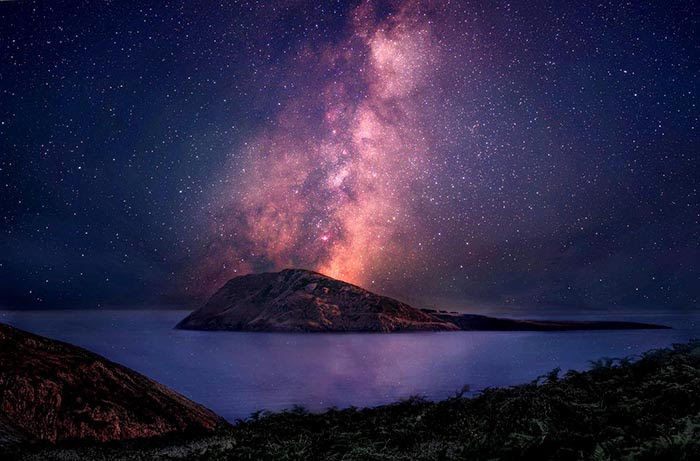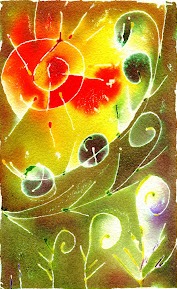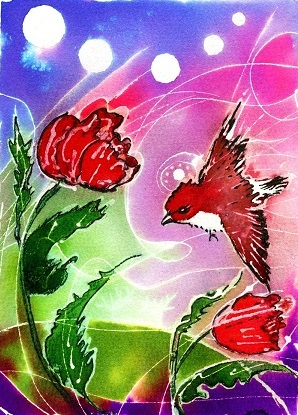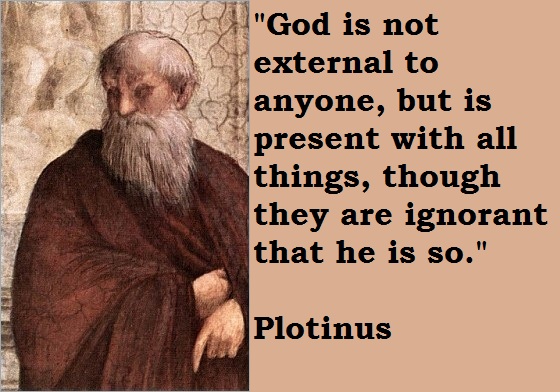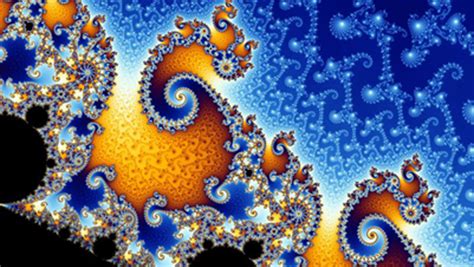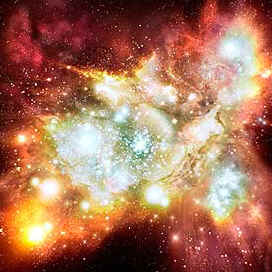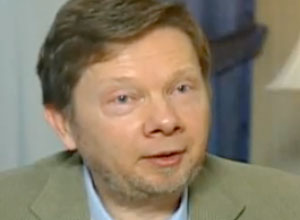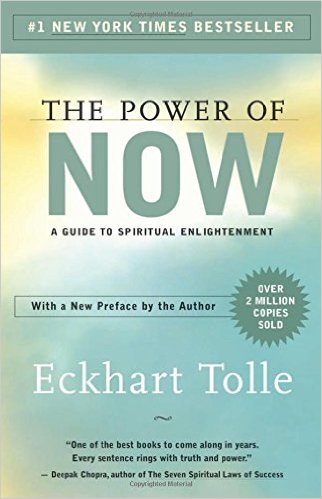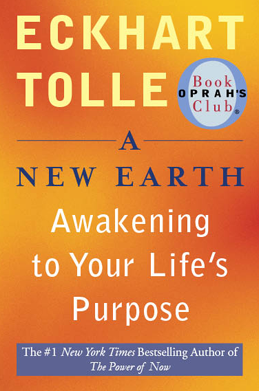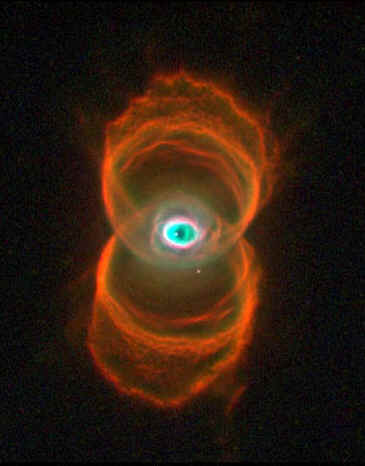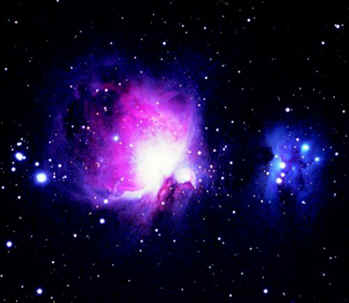|
home | what's new | other sites | contact | about |
||||||||||||||||||||
|
Word Gems exploring self-realization, sacred personhood, and full humanity
Beauty
"You can recognize truth by its beauty and simplicity. When you get it right, it's obvious that it's right." Dr. Richard Feynman "To seek for the beautiful is its own reward." Nina Fawcett
lovers "touch foreheads" only in the Dazzling Darkness
Mortimer Adler's Syntopicon Essay: Beauty Editor's 1-Minute Essay: Part 1: Beauty Editor's 1-Minute Essay: Part 2: The Meaning of Beauty Editor's 1-Minute Essay: Part 3: Beauty is the Child of Truth and Goodness Editor's 1-Minute Essay: Part 4: Beauty as detector of Truth and Goodness Dr. Joseph Campbell: art and beauty as ‘aesthetic arrest’
The "Lynx Arc" is 1 million times brighter than the well-known Orion Nebula. It is the biggest, brightest, and hottest star-forming region ever seen in space, 12 billion light-years from Earth.
the beauty of the world, a streaming song, even as God’s ‘love letter’ to us Hina Khalid writes in Beshara Magazine, "Participating in the Divine Playfulness," exploring the theological aesthetics of Rabindranath Tagore: One of the most enchanting notes of the world’s polyphonic ‘love-call’ is that of beauty, which silently streams through the spring flowers and the serene night sky. Tagore presents worldly beauty as a constantly streaming song and even as God’s ‘love letter’ to us, which many of us have – unfortunately – not yet read. As a result, the blissful encounter of love to which we are called remains unrealised. God could have set forth a regal display of the divine power, Tagore writes, which would force us to turn to Him, but instead He seeks to gently woo us through the innumerable beauties of the world – the delicate dreaminess of dawn and the soft serenity of sunset. Indeed, God takes the ‘risk’ that these unfoldings of His beauty will be ignored by us and even that we will reject this beauty as ‘futile’. But still, He will not compel us in any way. 'this tender abundance,' this beauty born of a spirit of 'excess' Outlining this tender abundance, Tagore writes that whilst we must acknowledge and align ourselves with the fact that the sunrise heralds a new day – and pursue our daily work accordingly – we are not under any compulsion to discern the dawn as ‘beautiful and supremely peaceful’. Our loving attentiveness to its beauty is thus entirely free, but this [this free-spirited non-compulsory acknowledgement of underlying and sometimes-subtle beauty in the world] is itself a freedom to which we are, in a higher sense, bound [bound or intimately aligned with, in that we ourselves are expressions of God's delight to freely create beauty; a beauty which is non-utilitarian in nature, for God did not create us as private advantage to Herself] – for it is only in our free submission to beauty’s call that we inhabit the infinite truth of human life and come to know that this existence is, in fact, ‘a birth of joy’. One type of loving response to this divine call of beauty is crystallised for Tagore in the vocation of the artist. Tagore presents art as a joyful meeting of the divine and the human, which recapitulates in and through time the love-infused lila of the primordial divine artist. Like God’s cosmic lila [playfulness], art has its origins in the realm of ‘excess’, because we create art not as a means to an end but for freely delighting in the beauty of the world. In other words, when we renounce utilitarian or instrumentalist imperatives... [instrumentalism: the variety of pragmatism developed by John Dewey, maintaining that the truth of an idea is determined by its success in the active solution of a problem and that the value of ideas is determined by their function in human experience] ... in and through artistic creation, revealing the ‘wealth’ of our inner life, we reflect the God who ‘takes joy in productions that are unnecessary to him’. The artist offers herself and her art to God in perpetual iterations of re-turning, and utters in response to the world’s call... Endowed with this vision into the plenitude of finite reality, the artist sees more truly, and this is, in short, because she sees with the illuminative lens of love. To see through love is not to veer away from truth but to enter more fully into it, for love, in the worldviews of both Tagore and Pieper, is not a fleeting sentiment or subjective fancy but constitutes the ontological heartbeat of all created reality. As Tagore affirms, love ‘radiantly reveals the reality of its objects’, and, in Pieper’s formulation, the contemplative gaze is only truly itself when it is ‘guided by love… for a new dimension of ‘seeing’ is opened up by love alone’. This attentive attunement to the truth of things marks, crucially, not a feat of mastery, as though the artist has domesticated the object in her imaginative purview, but heralds an opening into mystery, where the object, and thus the artwork that bears witness to it, tantalisingly resists final capture. What we encounter in art is not an object of the ordinary kind, which we can hurriedly assimilate into our mundane classificatory schemes, but an ineffable horizon of meaning which recedes as it reveals, eludes as it illuminates, and entangles as it enchants. In Pieper’s words: […] what do we really perceive when we look at, say, Durer’s ‘Detail of a Meadow’? It is obviously not the blades of grass, which we can observe, even more realistically, also in nature or in a photograph. It is not the blades of grass, not ‘this particular object’ at all… [and] what about songs? […] Of course we hear the words [of the song]! – and yet, provided we witness authentic and significant music and provided we listen in the proper manner, we invariably perceive an additional, most intimate, meaning that would be absent from the words alone. Tagore echoes this observation of the ‘object-lessness’ of art. Commenting on a poem particularly beloved to him, he writes: […] it [the poem] has its grammar, its vocabulary; when we divide them part by part and try to torture out a confession from them, the poem, which is one, departs like the gentle wind, silently, invisibly. No one knows how it exceeds all its parts, transcends all its laws, and communicates with the person. The significance which is in unity is an eternal wonder. In Tagore’s theological vocabulary, this ungraspable ‘unity’ refers to the atman, the Sanskrit term for the immutable spiritual self which abides within, and yet transcends, all individual beings. Tagore defines the atman as that ‘inner perfection that permeates and exceeds its contents, like the beauty in a lotus which is ineffably more than all the constituents of the flower’. The lotus’s beauty unifies and illumines its individual parts but is not itself one part among those parts, much like, to borrow another one of Tagore’s examples, the melodious whole of a sonata is inseparable from its constituent elements but is not reducible to them.  Albrecht Dürer, “Great Piece of Turf” (1503) Offering Back to the OneIn Tagore’s aesthetic vision, then, the artist transcends her individual self to inhabit the world in attentive love, and her art, nourished in ‘self-forgetful joy’, in turn sets forth the possibility of self-transcendence for others. In this way, Tagore affirms, a true work of art is ‘always speaking’, calling the recipient out of themselves towards the other. 'through her creative offerings, the artist responds to, realises and reflects, the divine, and, in this way, art approximates something akin to worship' The artist gazes on the world through the eyes of the heart, and through this intensive witnessing of reality, sees beyond the surface of things to inhabit, and to illumine, the silent fecundity of created being. Through her creative offerings, the artist responds to, realises and reflects, the divine, and, in this way, art approximates something akin to worship. The worshipper, like the artist, suspends her quotidian [usual, daily] self-orientation to give herself to the God who is perpetually giving Himself to the world. Elaborating this mode of self-offering, we repeatedly find across Tagore’s poetry the insistence that, through his creative efflorescence, he is only returning to God that which God has already gifted him. Just as the spring flowers blossom in God’s time and not ours, Tagore’s poems too have their ultimate root not in anything of his making but in the One who implants in all beings their particular perfections. This joyous cycle of gaining and giving is, for Tagore, the archetype of all our finite activities: to harmonise the tunes of our individual wills with the divine will, we must continually dedicate ourselves and our works to the divine singer, in whose breath we live, move, and have our being. On this note of the cosmic circuitry of receiving and returning, I will let the great C.S. Lewis, who echoes here the musical motifs of Tagore, have the last word: There is of course a sense in which no one can give to God anything which is not already His – and if it is already His, what have you given? But since it is only too obvious that we can withhold ourselves, our wills and hearts from God, we can, in that sense, also give them. What is His by right and would not exist for a moment if it ceased to be His (as the song is the singer’s), He has nevertheless made ours in such a way that we can freely offer it back to Him.
Euclid alone has looked on Beauty bare.
Rainer Maria Rilke, Duino Elegies: “For beauty is nothing but the beginning of terror which we are barely able to endure, and it amazes us so, because it serenely disdains to destroy us. Every angel is terrible.” Boris Pasternak, Doctor Zhivago: "...he made a note reaffirming his belief that art always served beauty, and beauty is delight in form, and form is the key to organizing life, since no living thing can exist without it, so that every work of art, including tragedy, expresses the joy of existence."
Sigmund Freud, Civilization and Its Discontents: “Beauty has no obvious use; nor is there any clear cultural necessity for it. Yet civilization could not do without it.” Jean Anouilh: "Beauty is one of the rare things that does not lead to doubt of God."
Ralph Waldo Emerson: "Though we travel the world over to find the beautiful, we must carry it with us or we find it not." Elizabeth Kubler-Ross: "People are like stained-glass windows, they sparkle and shine when the sun is out, but when the darkness sets in, their true beauty is revealed only if there is a light from within." Daniel Boorstin: "I share Einstein's belief that there is nothing more beautiful than the mystery of things."
John Keats: "Beauty is truth, truth beauty; that is all ye know on Earth, and all ye need to know." Helen Keller: "The best and most beautiful things in the world cannot be seen or even touched. They must be felt with the heart." Eleanor Roosevelt: "The future belongs to those who believe in the beauty of their dreams." Joseph Addison: "There is nothing that makes its way more directly to the soul than beauty." Confucius: "Everything has beauty, but not everyone sees it." Emerson: "We fly to beauty as an asylum from the terrors of finite nature." John Ruskin: "Remember that the most beautiful things in the world are the most useless: peacocks and lilies, for instance."
This is an image of MyCn18, a young planetary nebula located about 8,000 light-years away, taken by the Hubble Space Telescope. This image reveals the true shape of MyCn18 to be an hourglass with an intricate pattern of "etchings" in its walls. The results are of great interest because they shed new light on the poorly understood ejection of stellar matter which accompanies the slow death of Sun-like stars.
Albert Einstein: "The ideals which have lighted my way, and time after time have given me new courage to face life cheerfully, have been Kindness, Beauty, and Truth." Michaelangelo: "Beauty is the purgation of superfluities." William Shakespeare: "To me, fair friend, you never can be old For as you were when first your eye I eyed, Such seems your beauty still." Edward C. Randall: "There is nothing in the great scheme of nature that, when understood, is not simple, harmonious, and beautiful." Buckminster Fuller: "When I am working on a problem, I never think about beauty. I only think of how to solve the problem. But, when I have finished, if the solution is not beautiful, I know it is wrong." Werner Heisenberg, writing to Albert Einstein: "You may object that by speaking of simplicity and beauty I am introducing aesthetic criteria of truth, and I frankly admit that I am strongly attracted by the simplicity and beauty of the mathematical schemes which nature presents us. You must have felt this too: the almost frightening simplicity and wholeness of the relationship, which nature suddenly spreads out before us." Albert Einstein: "The pursuit of truth and beauty is a sphere of activity in which we are permitted to remain children all our lives." Jules Henri Poincare: "The scientist does not study nature because it is useful; he studies it because he delights in it, and he delights in it because it is beautiful. If nature were not beautiful, it would not be worth knowing, and if nature were not worth knowing, life would not be worth living. Of course, I do not here speak of that beauty which strikes the senses, the beauty of qualities and appearances; not that I undervalue such beauty, far from it, but it has nothing to do with science; I mean that profounder beauty which comes from the harmonious order of the parts and which a pure intelligence can grasp. This it is which gives body, a structure so to speak, to the iridescent appearances which flatter our senses, and without this support the beauty of these fugitive dreams would be only imperfect, because it would be vague and always fleeting." H. E. Huntley: "If a poet sees beauty in a rainbow ... so does the physicist in the laws governing its manifestation. The surface beauty of the rainbow ... is appreciated by all men: it is given. But the buried beauty, uncovered by the industrious researches of the physicist, is understood only by the scientifically literate. It is acquired: education is essential." J. B. Shaw: "The mathematician is fascinated with the marvelous beauty of the forms he constructs, and in their beauty he finds everlasting truth." J. W. A. Young: "Mathematics has beauties of its own -- a symmetry and proportion in its results, a lack of superfluity, an exact adaptation of means to ends, which is exceedingly remarkable and to be found only in the works of the greatest beauty. When this subject is properly ... presented, the mental emotion should be that of enjoyment of beauty..."
The Orion Nebula, clouds of diffuse gas and dust, is a hotbed of star formation; about 1,500 light-years away, loaded with hydrogen gas, it is aglow with fiery stellar radiation.
J.J. Sylvester Presidential Address to British Association, 1869: "The world of ideas which [mathematics] discloses or illuminates, the contemplation of divine beauty and order which it induces, the harmonious connexion of its parts, the infinite hierarchy and absolute evidence of the truths with which it is concerned, these, and such like, are the surest grounds of the title of mathematics to human regard, and would remain unimpeached and unimpaired were the plan of the universe unrolled like a map at our feet, and the mind of man qualified to take in the whole scheme of creation at a glance." Bertrand Russell: "Mathematics, rightly viewed, posses not only truth, but supreme beauty -- a beauty cold and austere, like that of sculpture." Eric Temple Bell: "Guided only by their feeling for symmetry, simplicity, and generality, and an indefinable sense of the fitness of things, creative mathematicians now, as in the past, are inspired by the art of mathematics rather than by any prospect of ultimate usefulness." Godfrey H. Hardy: "The mathematician's patterns, like the painter's or the poet's, must be beautiful; the ideas, like the colors or the words must fit together in a harmonious way. Beauty is the first test: there is no permanent place in this world for ugly mathematics." Dr. Hermann Weyl: "My work always tried to unite the true with the beautiful, but when I had to choose one or the other, I usually chose the beautiful." T.H. Huxley: The great tragedy of science is "the slaying of a beautiful hypothesis by an ugly fact."
|
||||||||||||||||||||
|
|
